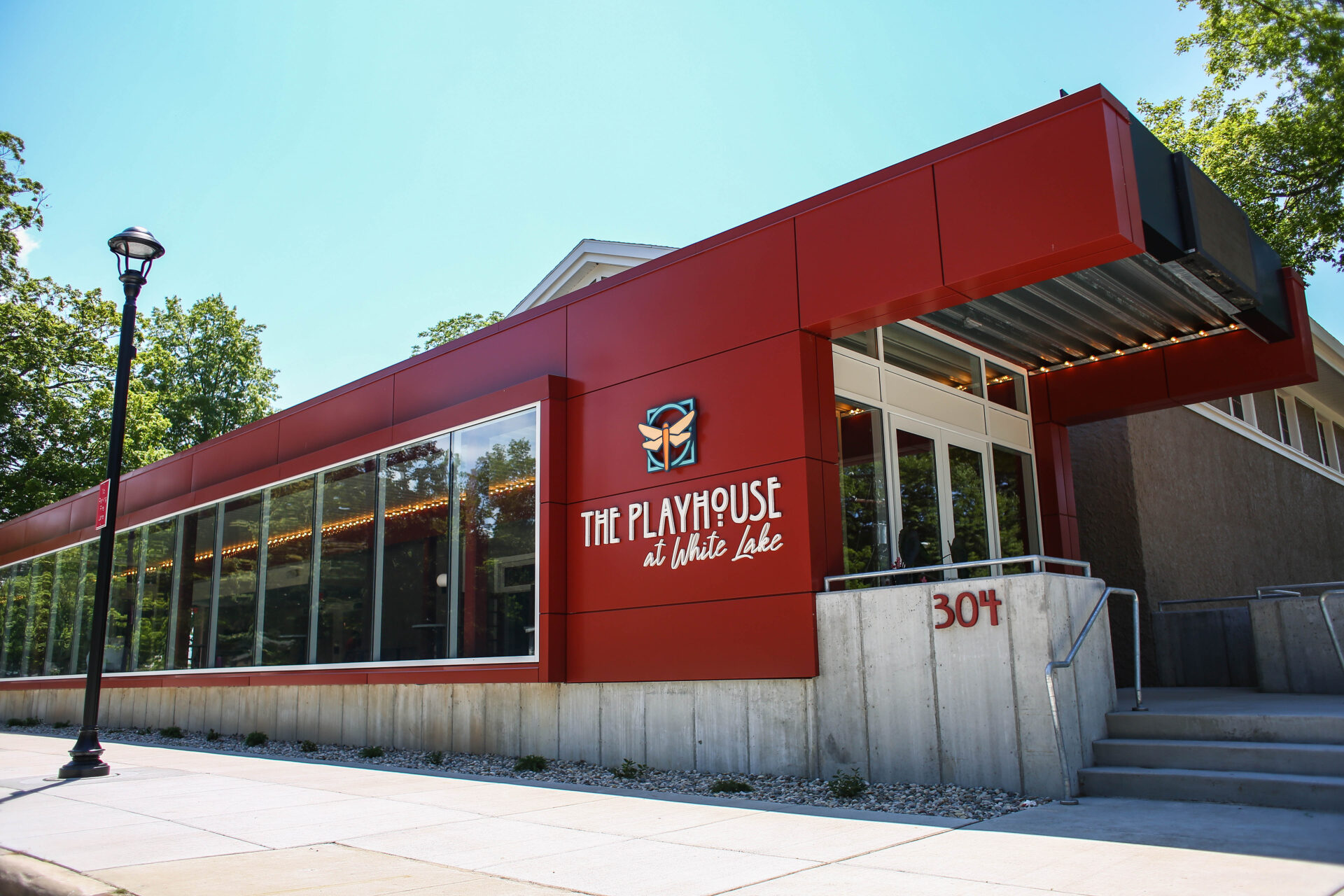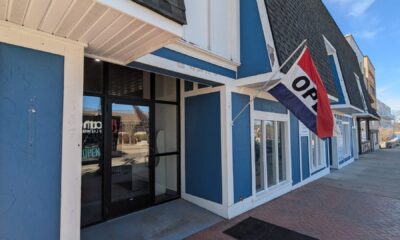
A Vision Becomes Reality
In 1916, the Nufer-Adams Playhouse opened its doors in Whitehall, Michigan, marking the beginning of a cultural legacy. Frank Ramsey Adams, a Chicago director, and James Julius Nufer, a local businessman, were instrumental in bringing the theater to life. Modeled after Chicago’s LaSalle Theater, it provided a space for both live performances and the emerging “flickers,” or motion pictures. The playhouse quickly became a beloved hub for the community, fostering a shared appreciation for the arts. Its elegant design and diverse programming made it a centerpiece in the White Lake area.
Challenges and Renewal in the 1970s
By the early 1970s, the playhouse had fallen into disrepair, and its future seemed uncertain. The community, however, rallied to save this historic gem. In 1973, a local fundraising campaign began, bolstered by a matching grant from the Howmet Corporation. This effort, combined with support from the Blue Lake Fine Arts Camp, led to significant renovations. These upgrades preserved the historic charm of the theater while preparing it for modern performances. During this period, the playhouse was renamed Howmet Playhouse, in recognition of Howmet’s contributions.
A New Era of Community Engagement
Following its revival in the 1970s, the playhouse thrived as a venue for live performances, plays, and concerts. It became a stage for local talent to shine while attracting professional acts to the White Lake area. The annual Summer Fine Arts Festival emerged as a highlight, showcasing diverse performances and strengthening community bonds. This era cemented the playhouse’s role as an essential cultural landmark, drawing audiences from across the region to experience its charm.
Modern Upgrades for a Historic Landmark
Between 2017 and 2019, the playhouse underwent a transformative $4 million renovation and expansion. This project included a 7,000-square-foot addition featuring a new lobby, accessible restrooms, concessions area, and rehearsal spaces. The original theater received significant upgrades, including new seating, sound and lighting equipment, and improved stage rigging. These changes ensured the playhouse could host year-round programming while retaining its historic ambiance. Upon reopening in 2019, it was renamed The Playhouse at White Lake to reflect its deep connection to the local community.
Preserving the Legacy
Today, The Playhouse at White Lake continues to thrive as a city-owned venue with diverse funding sources. It offers a wide range of performances, from plays to concerts and community events, ensuring accessibility for all. The theater stands as a testament to the community’s dedication to preserving its cultural heritage. As a vibrant cultural hub, it remains a cherished landmark, ensuring future generations can experience the arts in a setting rich with history.

Owen Raeth joined CatchMark in August 2020 as a Tech Support Intern, then transitioned to DMM to learn graphic design. He is a 2024 graduate of Montague High School. Owen Raeth is a Digital Marketing and Media Intern at CatchMark Technologies with growing experience in video editing, content creation, and drone operations. A 2024 high school graduate, Owen is currently pursuing a degree in English education with a long-term goal of integrating technology into the classroom. Passionate about teaching, communication, and digital tools, he brings strong public speaking skills, hands-on technical ability, and a creative mindset to his work. Owen is committed to bridging education and media to empower future learners.
Must See
-


Community
/ 7 hours agoCrosswalk Safety & Summer Etiquette in Whitehall and Montague
Summer in Whitehall and Montague means more foot traffic, bicyclists, tourists, and community events....
By Kara Raeth -


Arts/Entertainment
/ 10 hours agoWhite Lake Live Music Lineup: June 16-22, 2025
Summer is officially in full swing, and the White Lake area continues to deliver...
By Kara Raeth -


Community
/ 1 day agoWhite Lake Petunia Legacy: A Blooming Tradition
Take a summer stroll through White Lake, and you’ll notice something special blooming along...
By Amy Yonkman












